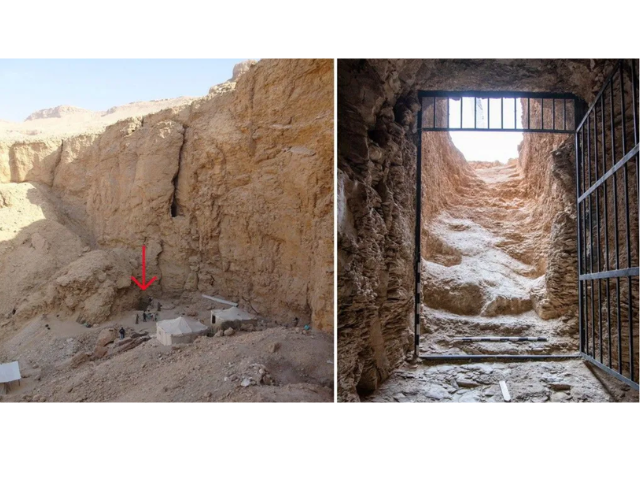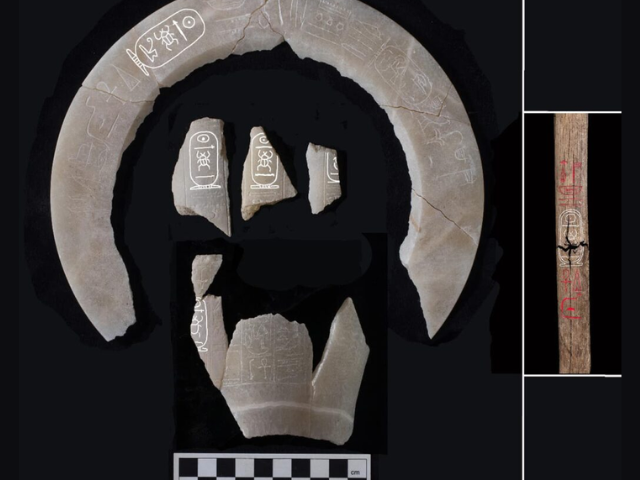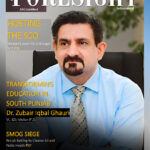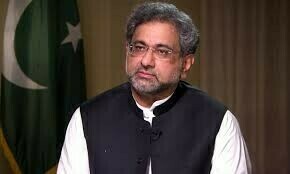In a landmark discovery, archaeologists have uncovered the first royal tomb of a pharaoh since the discovery of King Tutankhamun’s tomb over a century ago.
King Thutmose II’s tomb, the last undiscovered royal tomb of Egypt’s 18th dynasty, was found by a British-Egyptian team in the Western Valleys of the Theban Necropolis, near Luxor.
For years, researchers believed the tombs of 18th dynasty pharaohs were located over 2km away, in the Valley of the Kings. However, the team discovered the tomb in an area typically associated with royal women’s resting places.
Upon entering the burial chamber, they found key signs of a royal tomb, including a blue-painted ceiling with yellow stars – a hallmark of pharaohs’ tombs.
Field director Dr. Piers Litherland expressed his profound emotional response to the discovery. “The emotion of getting into these things is just one of extraordinary bewilderment,” “The only thing I could do was burst into tears.”
The tomb of King Thutmose II was recently discovered by a joint British-Egyptian archaeological mission./Ministry of Tourism and Antiquities
The discovery of Thutmose II’s tomb solves the mystery of the location of early 18th dynasty royal tombs. Although Thutmose II’s mummified remains were discovered two centuries ago, his tomb had remained elusive until now. Thutmose II, the husband of the famous Queen Hatshepsut, was an ancestor of Tutankhamun.
Thutmose II’s reign was marked by his marriage to Hatshepsut, one of Egypt’s most powerful and influential female pharaohs. Dr. Litherland noted the grandeur of the tomb’s design, which included a large staircase and descending corridor. The team navigated through flood debris and collapsed ceilings before entering the burial chamber, where they discovered scenes from the Amduat, a religious text reserved for kings.
Photo: The location and entry to the royal tomb of King Thutmose II who ruled three-and-a-half thousand years ago/New Kingdom Research Foundation
However, when the team cleared the debris, they found the tomb was empty, not because it had been robbed, but because it had been deliberately emptied after flooding caused by a waterfall. Artifacts found, including fragments of alabaster jars inscribed with Thutmose II and Hatshepsut’s names, confirmed the tomb’s identity.
These fragments of alabaster, which had broken during the tomb’s relocation, were crucial in verifying the tomb’s owner. Dr. Litherland and his team, who have worked at the site for over 12 years, now believe that a second tomb may still be intact and could contain treasures.

Photo: Fragments of alabaster vessel of Pharaoh Thutmose II/Egyptian Ministry of Tourism and Antiquities
The discovery is part of the joint work of Dr. Litherland’s New Kingdom Research Foundation and Egypt’s Ministry of Tourism and Antiquities, who have previously unearthed 54 tombs and identified over 30 royal wives and court women.
“This is the first royal tomb to be discovered since King Tutankhamun’s tomb in 1922,” said Egypt’s Minister of Tourism and Antiquities, Sherif Fathy. “This discovery is a defining moment for Egyptology and offers a deeper understanding of our shared human history.”
Thutmose II’s Role and Legacy
Thutmose II, the fourth ruler of the 18th dynasty, reigned during the early 15th century BCE and is perhaps best remembered as the husband of Hatshepsut, one of Egypt’s greatest female pharaohs. Despite his relatively short reign, Thutmose II played a crucial role in consolidating Egypt’s power and ensuring the dynasty’s continuity.
While Thutmose II’s reign was not marked by significant military conquests, he did carry out campaigns in the southern regions of Egypt and the land of Kush (modern-day Sudan). However, his reign is often considered overshadowed by Hatshepsut’s long and prosperous rule after his death.
Interestingly, after Thutmose II’s death, Hatshepsut became the sole ruler of Egypt, leading some historians to suggest that Thutmose II was a weak ruler who played little role in governance. In fact, some believe Hatshepsut took on the role of de facto ruler long before his death.
Although Thutmose II’s tomb is modest compared to those of later pharaohs, its discovery sheds new light on his role in the early 18th dynasty and his relationship with Hatshepsut. His military campaigns in the south and the monument dedicated to his reign, which was likely completed by Hatshepsut, highlight the political dynamics of their time.
Legacy and continued discovery
The empty tomb, along with its unique location near royal wives’ tombs, offers valuable insight into Thutmose II’s status during his reign. This discovery, though less grandiose than Tutankhamun’s tomb, will enhance understanding of the political landscape of ancient Egypt and the significant roles of both Thutmose II and Hatshepsut.
The excavation of Thutmose II’s tomb is just the beginning. Researchers suspect there may be additional royal tombs awaiting discovery in the area, possibly containing treasures and other significant artifacts from the reign of the 18th dynasty.
Dr. Litherland’s team, working with the Egyptian Ministry of Tourism and Antiquities, will continue their efforts to explore the region and further uncover the secrets of Egypt’s ancient rulers.
- Desk Reporthttps://foresightmags.com/author/admin/











